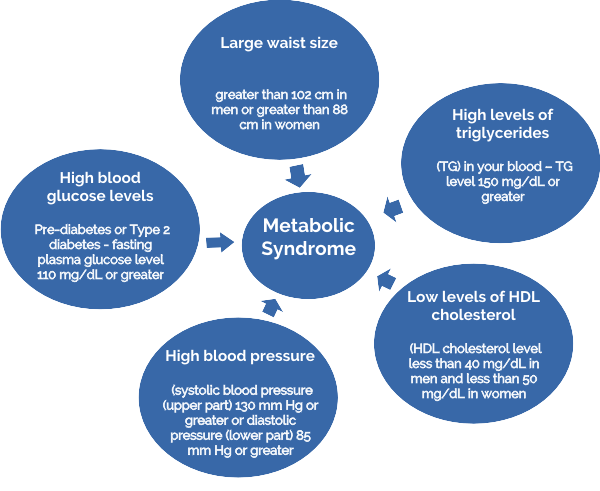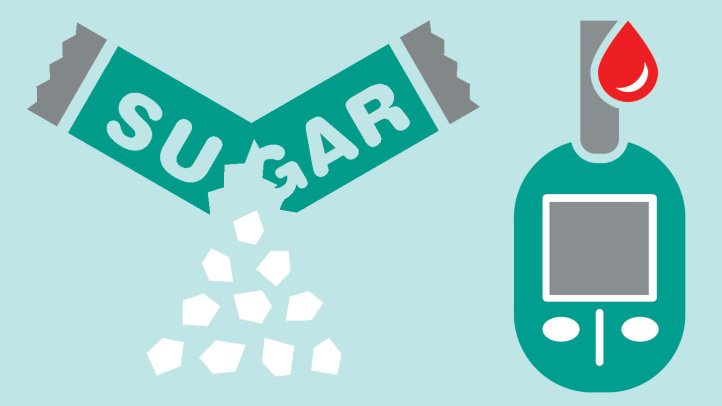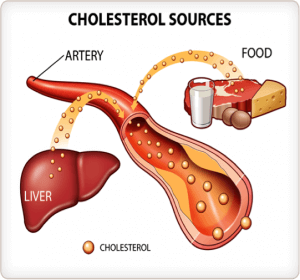The following conditions are very much prevalent in people with NAFLD and research has established them and you are at risk of NAFLD if you have any of the following
Risk Factors
NAFLD
Are you at the risk of NAFLD and NASH?
High Calorie Food intake with sedentary life style
If your daily diet consists of high intake of calorie rich food consisting of sugars, fats and carbohydrates and you sit for long hours without any room for physical exercise in your day-to-day life then you are at high risk of NAFLD.


Over weight, Obese and severely obese
Being over weight or obese especially excess weight around the tummy area (central obesity) will put you at the risk of NAFLD. More than 95% of the severely obese people undergoing bariatric surgery for reducing weight are known to have NAFLD.
Insulin Resistance (IR)
IR is a condition where the cells do not respond to insulin hormone, which is required for the uptake and utilization of glucose (sugar) from blood for energy production


Metabolic syndrome or one or more of the traits of metabolic syndrome
Not just metabolic syndrome even a single feature of metabolic syndrome will raise your risks of NAFLD. A metabolic syndrome is a group of disease characters that are linked to overweight and obesity.
Presence of any of the following three or more of the features can be considered as metabolic syndrome
Type 2 Diabetes
If you are a type 2 diabetic then chances are high that you may have NAFLD as in one study it was found that nearly 1/3rd to 2/3rd of patients with type 2 diabetes have NAFLD. It is a well-established fact that both type 2 diabetes and NAFDL are so much interlinked that both can develop almost at the same time.

Dyslipidemia/ High or abnormal levels of fats in the blood
“Dys” means abnormal, “lipid” means fat and “emia” means in the blood. High levels of triglycerides (a type of fat) and abnormal levels of cholesterol, with high total cholesterol, high LDL or low HDL cholesterol all contribute to risk of NAFLD. Studies have shown that more than 50% of patients with dyslipidemia have NAFLD.

Increasing age
With advancing age the risk of developing NAFLD increases
Gender
It is believed that males have two times higher risk of NAFLD than females
Other Conditions that can put you at the risk of NAFLD
- Hormonal disorders – Disorders of hormones like Hypothyroidism (underactive thyroid gland), PCOD – Polycystic Ovarian Syndrome that is independent of obesity and hypopituitarism (underactive pituitary gland)
- Obstructive sleep apnea – interruption of sleep due to constant obstruction of airway during sleep making the person to wake up very often
- Psoriasis – an autoimmune disease of the skin characterized by patches of abnormal skin that produces plaques of thickened patches that are typically red, itchy, and scaly
- Hypertension – high blood pressure
- Osteoporosis – A condition in which bones become weak and brittle due loss of bone minerals
- Colorectal cancer – A cancer of the colon or rectum, located at the digestive tract’s lower end
- Pancreatoduodenal resection – A surgery where part of the pancreas (gland producing insulin) along with other parts of the digestive system like duodenum (part of intestine), gall bladder, etc. are removed for the treatment purpose like cancers or injuries to the said organs
Reference:
Chalasani, N. , Younossi, Z. , Lavine, J. E., Charlton, M. , Cusi, K. , Rinella, M. , Harrison, S. A., Brunt, E. M. and Sanyal, A. J. (2018), The diagnosis and management of nonalcoholic fatty liver disease: Practice guidance from the American Association for the Study of Liver Diseases. Hepatology, 67: 328-357. doi:10.1002/hep.29367
